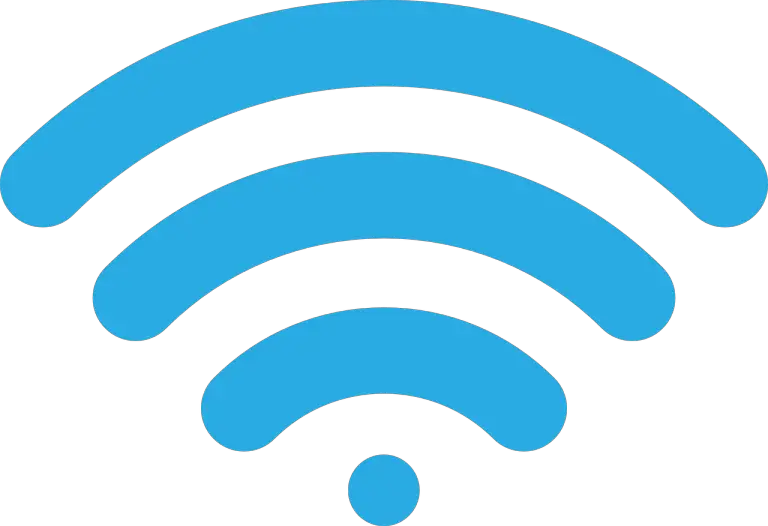What are wireless networks? Advantages and disadvantages of wireless networks
Traditionally, devices inside a LAN are connected together using copper twisted pair cables. These days also, most of the LAN connectivity is created using copper twisted pair cables.
But there is another alternative to copper twisted pair cables. Wireless networks are an alternative to copper twisted pair cables. When compared with copper twisted pair cables, wireless networks can transmit data over air. Means that, no expensive copper cabling is required and data is transferred over air. Wireless networks use Radio waves to communicate, instead of copper twisted pair cables. Radio waves are electromagnetic waves having wavelengths longer than infrared in electromagnetic spectrum.

Main advantages and disadvantages of wireless networks are listed below.
Advantages of wireless networks
Reduced expenditure
Main advantage of Wireless networks is reduced expenditure on copper cabling (for small networks).
Mobility
Wireless networks have the convenience of mobility. Employees can change their desk easily without any additional cabling.
Scalability
Number of devices in a Wireless network can be increased without any additional cabling. In cabled LAN networks, additional copper cabling is required to increase the number of employees.
Disadvantages of wireless networks
Security
Since wireless networks transmit data over air, there is always a possibility of data leak. Wireless networks always have higher risk of data leak and data modification when compared with copper cabling. So, higher levels of data encryption are absolute necessary in wireless networks.
Less Reliable
Wireless LAN networks are less reliable than cabled networks. There can be disturbances in communication caused by interferences.
Less Speed
Wireless LAN networks has less speed compared with cabled LAN. Visit the following link to compare between different IEEE 802.11 wireless standards.
Range
Communication Range is always less in wireless networks. If you want to increase the Range, you must invest more for additional wireless Access Points or repeaters. Often, this will result in more expenditure.